Home>Gardening & Outdoor>Landscaping Ideas>How To Have A Healthy Lawn


Landscaping Ideas
How To Have A Healthy Lawn
Modified: February 18, 2024
Achieve a lush, vibrant lawn with our expert landscaping ideas. Discover tips for maintaining a healthy lawn and creating a beautiful outdoor space. Unlock the secrets to a thriving landscape today!
(Many of the links in this article redirect to a specific reviewed product. Your purchase of these products through affiliate links helps to generate commission for Storables.com, at no extra cost. Learn more)
Introduction
Creating and maintaining a healthy, vibrant lawn is a goal that many homeowners aspire to achieve. A lush, green expanse of grass not only enhances the aesthetic appeal of your property but also provides a welcoming outdoor space for relaxation and recreation. However, achieving and sustaining a healthy lawn requires dedication, knowledge, and the implementation of effective landscaping practices.
In this comprehensive guide, we will explore the essential steps and techniques for cultivating a thriving lawn that will be the envy of the neighborhood. From selecting the right grass species to mastering watering, fertilizing, and maintenance strategies, we will delve into the key aspects of lawn care. Additionally, we will address common challenges such as weeds and pests, providing valuable insights into managing these issues effectively.
Whether you are a seasoned lawn care enthusiast or a novice homeowner looking to elevate your outdoor space, this guide will equip you with the knowledge and tools necessary to establish and maintain a healthy lawn. By understanding the intricacies of soil preparation, the significance of proper watering, and the nuances of mowing and maintenance, you will be well on your way to cultivating a lush and resilient lawn that serves as a testament to your landscaping prowess.
Join us on this journey as we uncover the secrets to achieving a healthy lawn that will be the pride of your property and a source of joy for you and your family. Let's embark on this horticultural adventure and unlock the potential of your outdoor space through the art and science of lawn care.
Key Takeaways:
- Choose the right grass for your climate and soil to lay a strong foundation for a healthy lawn. Consider foot traffic, shade, and soil composition for optimal growth.
- Implement strategic watering, fertilization, and mowing practices to promote lush, vibrant growth and minimize environmental stressors for a resilient, visually striking lawn.
Read more: Why Do We Have Grass Lawns
Choosing the Right Grass
When it comes to establishing a healthy lawn, selecting the right grass species is paramount. The choice of grass should be based on various factors, including climate, soil type, and the amount of sunlight the lawn receives. Different grass species thrive in specific conditions, so it is essential to assess your local climate and environmental factors before making a decision.
For warmer regions, warm-season grasses such as Bermuda, Zoysia, and St. Augustine are well-suited, as they exhibit robust growth in hot temperatures. Conversely, cool-season grasses like Kentucky bluegrass, fescue, and ryegrass are better adapted to cooler climates and are known for their resilience in the face of frost and low temperatures.
Furthermore, consider the level of foot traffic your lawn will endure. If you anticipate heavy use, opt for a durable grass variety that can withstand frequent activity without succumbing to wear and tear. Additionally, assess the shade patterns in your yard to determine whether you need a grass species that thrives in full sun, partial shade, or full shade.
Soil composition is another critical factor to consider when choosing the right grass. Conduct a soil test to determine the pH level and nutrient content of your soil, as this will influence the grass species that will thrive in your lawn. Some grasses prefer acidic soil, while others thrive in alkaline conditions, so understanding your soil composition is essential for making an informed decision.
By carefully evaluating these factors and conducting thorough research on the grass species that are well-suited to your specific region and soil type, you can make an informed decision that will set the foundation for a healthy and resilient lawn. Remember, the right grass variety forms the bedrock of a thriving lawn, providing the basis for successful cultivation and long-term beauty.
Soil Preparation
Before embarking on the journey to cultivate a healthy lawn, it is crucial to lay a solid foundation through proper soil preparation. Healthy soil provides the necessary nutrients and support for grass to thrive, promoting robust growth and resilience against environmental stressors. Here are essential steps to prepare your soil for optimal lawn health:
- Soil Testing: Conduct a soil test to assess the pH level and nutrient content of your soil. This analysis will provide valuable insights into the specific needs of your lawn, allowing you to make informed decisions regarding soil amendments and fertilization.
- Aeration: Aerating the soil involves perforating the ground with small holes to alleviate compaction and improve air circulation. This process enhances water and nutrient absorption, fostering healthier root development and overall grass vitality.
- Adding Organic Matter: Incorporating organic matter such as compost or well-rotted manure into the soil can bolster its structure and fertility. Organic matter enriches the soil, promoting microbial activity and enhancing its capacity to retain moisture and nutrients.
- Leveling the Soil: Ensure that the soil surface is even and free of bumps and depressions to facilitate uniform grass growth and mowing. Use a rake or leveling tool to achieve a smooth, consistent soil surface.
- Applying Amendments: Based on the results of your soil test, apply appropriate soil amendments to rectify any deficiencies and optimize the soil composition for healthy grass growth. This may include lime to adjust pH levels or specific fertilizers to address nutrient imbalances.
By diligently preparing the soil before seeding or laying sod, you establish an environment conducive to the establishment and flourishing of your lawn. Healthy, well-nourished soil sets the stage for vibrant, resilient grass that can withstand environmental challenges and maintain its lush appearance throughout the seasons.
Watering Techniques
Proper watering is a cornerstone of effective lawn care, playing a pivotal role in sustaining healthy grass and fortifying its resistance to drought and environmental stress. Implementing appropriate watering techniques is essential for promoting deep root growth and overall lawn vitality. Here are key considerations and strategies for optimizing your lawn watering practices:
- Timing: Water your lawn in the early morning, preferably before 10 a.m., to minimize water loss through evaporation. Morning watering allows the grass blades to dry during the day, reducing the risk of fungal diseases that thrive in moist conditions.
- Frequency: Aim to water your lawn deeply but infrequently, encouraging the development of deep roots that can access moisture stored in the soil. Shallow, frequent watering can lead to shallow root systems, rendering the grass more susceptible to drought and heat stress.
- Watering Depth: Ideally, aim to provide 1 to 1.5 inches of water per week, either through rainfall or irrigation. To gauge the depth of watering, place a rain gauge or shallow container in the watering zone to measure the accumulation of water during each watering session.
- Irrigation Methods: Consider utilizing a sprinkler system or soaker hoses for efficient and uniform water distribution. Adjust the irrigation schedule based on weather conditions, reducing watering during periods of rainfall and increasing it during hot, dry spells.
- Drought Resistance: Encourage drought resistance by allowing the lawn to partially dry out between watering sessions, prompting the grass roots to seek moisture deeper in the soil. This fosters resilience and reduces the lawn’s dependence on frequent watering.
By adhering to these watering techniques, you can optimize moisture management and promote the development of a robust, drought-resistant lawn. Consistent, mindful watering practices contribute to the overall health and longevity of your grass, ensuring that it remains vibrant and resilient in the face of varying environmental conditions.
Water your lawn deeply and infrequently to encourage deep root growth and drought resistance. Aim for 1-1.5 inches of water per week, including rainfall.
Fertilizing Your Lawn
Fertilization is a fundamental aspect of lawn care, providing essential nutrients that bolster grass health and vitality. By implementing a strategic fertilization regimen, you can fortify your lawn against nutrient deficiencies and promote lush, resilient growth. Here are key guidelines for effectively fertilizing your lawn:
- Soil Testing: Conduct a soil test to ascertain the nutrient levels and pH balance of your soil. This analysis will inform your fertilization approach, allowing you to address specific deficiencies and optimize nutrient uptake.
- Appropriate Fertilizer Selection: Choose a high-quality, balanced fertilizer tailored to the needs of your lawn. Consider factors such as the grass species, soil composition, and regional climate when selecting the appropriate fertilizer formulation.
- Seasonal Application: Adhere to a seasonal fertilization schedule, applying fertilizer during key growth periods for optimal results. In general, consider fertilizing in early spring to promote vigorous growth, late spring for sustained development, and early fall to fortify the lawn before winter dormancy.
- Even Application: Ensure uniform fertilizer distribution across the lawn to prevent patchy growth and minimize the risk of over-fertilization in certain areas. Use a calibrated spreader to achieve consistent coverage and avoid excessive application rates.
- Watering After Application: After fertilizing, water the lawn lightly to facilitate the dissolution of the fertilizer granules and promote nutrient absorption. This encourages the nutrients to reach the root zone, where they can effectively nourish the grass.
By adhering to these fertilization practices, you can provide your lawn with the essential nutrients it needs to thrive, fostering robust growth and vibrant greenery. A well-fertilized lawn exhibits enhanced resilience, improved coloration, and increased tolerance to environmental stressors, contributing to its overall health and visual appeal.
Read more: How To Seed Lawn
Mowing and Maintenance
Regular mowing and diligent maintenance are integral components of nurturing a healthy, visually appealing lawn. By adopting proper mowing techniques and implementing consistent upkeep practices, you can foster the optimal growth and resilience of your grass. Here are essential guidelines for mowing and maintaining your lawn:
- Appropriate Mowing Height: Set your mower to the recommended height for your grass species, ensuring that you do not remove more than one-third of the grass blade length in a single mowing session. Maintaining the appropriate mowing height promotes healthy root development and encourages the grass to shade the soil, minimizing weed growth.
- Sharp Mower Blades: Keep your mower blades sharp to achieve clean, precise cuts that promote grass health. Dull blades can tear the grass, leaving it vulnerable to disease and stress. Regularly sharpen or replace the mower blades to maintain their effectiveness.
- Grass Clipping Management: Consider leaving grass clippings on the lawn after mowing, as they can provide valuable nutrients to the soil as they decompose. This practice, known as grasscycling, contributes to natural fertilization and moisture retention, benefiting the overall health of the lawn.
- Mowing Frequency: Adjust your mowing frequency based on the grass growth rate, aiming to remove no more than one-third of the grass blade length at each mowing. During periods of rapid growth, you may need to mow more frequently to maintain the ideal grass height.
- Seasonal Considerations: In the hotter months, consider mowing less frequently and maintaining a slightly taller grass height to provide shade and reduce moisture loss. Conversely, in cooler seasons, you can gradually reduce the mowing height to prepare the lawn for winter dormancy.
- General Maintenance: Beyond mowing, attend to general maintenance tasks such as edging, aerating, and dethatching to promote a well-groomed, healthy lawn. Edging along sidewalks and driveways provides a clean, manicured appearance, while periodic aeration and dethatching contribute to optimal soil and grass health.
By adhering to these mowing and maintenance practices, you can cultivate a resilient, visually striking lawn that serves as a testament to your commitment to effective lawn care. Proper mowing techniques and consistent upkeep contribute to the overall health and longevity of your grass, ensuring that it remains vibrant and robust throughout the seasons.
Dealing with Weeds and Pests
Managing weeds and pests is a crucial aspect of maintaining a healthy lawn, as these intruders can detract from the beauty and vitality of your grass. By implementing proactive strategies and targeted interventions, you can effectively address weed infestations and pest issues, safeguarding the health and aesthetic appeal of your lawn. Here are essential approaches for dealing with weeds and pests:
- Weed Identification: Familiarize yourself with common weeds in your region, identifying their characteristics and growth patterns. This knowledge enables targeted weed management, allowing you to address specific weed species effectively.
- Cultural Practices: Promote a dense, healthy lawn through proper watering, fertilization, and mowing practices, as vigorous grass growth can outcompete weeds and minimize their establishment. Additionally, overseeding bare patches can fill in gaps and reduce weed encroachment.
- Manual Weed Removal: Hand-pull weeds or use a weeding tool to remove individual weeds, ensuring that you extract the entire root system to prevent regrowth. This targeted approach can be effective for managing isolated weed occurrences.
- Herbicide Application: Consider selective herbicide applications to combat widespread weed infestations while minimizing impact on desirable grass species. Choose herbicides tailored to the specific weed types present in your lawn, and apply them according to label instructions for optimal efficacy.
- Pest Monitoring: Regularly inspect your lawn for signs of pest activity, such as discolored patches, chewed grass blades, or visible pests. Early detection allows for prompt intervention, preventing pest populations from causing extensive damage.
- Integrated Pest Management: Embrace an integrated approach to pest control, incorporating cultural, biological, and chemical methods as needed. This holistic strategy targets pests while minimizing environmental impact and promoting long-term pest management.
- Natural Predators: Encourage natural predators of lawn pests, such as birds and beneficial insects, by creating a hospitable habitat that supports their presence. These natural allies can contribute to pest control and reduce the need for chemical interventions.
By employing these proactive measures and targeted interventions, you can effectively combat weeds and pests, preserving the health and beauty of your lawn. A vigilant approach to weed and pest management contributes to the resilience and visual appeal of your grass, ensuring that it remains a vibrant, thriving centerpiece of your outdoor space.
Conclusion
Cultivating a healthy, vibrant lawn is a rewarding endeavor that enhances the beauty and functionality of your outdoor space. By integrating the essential elements of proper grass selection, soil preparation, watering, fertilization, mowing, and pest management, you can establish and maintain a resilient, visually striking lawn that serves as a source of pride and enjoyment. As you embark on your journey to nurture a thriving lawn, consider the following key takeaways:
- Foundational Elements: The selection of the right grass species and meticulous soil preparation form the bedrock of a healthy lawn, providing the groundwork for successful cultivation and long-term vitality.
- Optimized Maintenance: Implementing strategic watering, fertilization, and mowing practices contributes to the overall health and resilience of your grass, fostering lush, vibrant growth and minimizing environmental stressors.
- Vigilant Management: Proactive weed and pest management safeguards the integrity of your lawn, preserving its beauty and mitigating potential damage caused by invasive species and harmful pests.
As you apply these principles and techniques to your lawn care routine, remember that patience and consistency are key virtues. The transformation of your outdoor space into a verdant, inviting haven is a gradual process that unfolds through dedicated effort and attentive stewardship. Embrace the journey of tending to your lawn as a fulfilling pursuit, and take pleasure in witnessing the evolution of your grass into a resilient, captivating landscape feature.
Ultimately, a healthy lawn is not merely a testament to your landscaping prowess; it is a living, breathing canvas that enriches your daily life and provides a welcoming backdrop for cherished moments with family and friends. Through the art and science of lawn care, you have the power to create an outdoor sanctuary that reflects your commitment to natural beauty and sustainable living. Embrace the transformative potential of your lawn, and savor the joy of nurturing a thriving, healthy landscape that enriches your home and enriches your life.
Frequently Asked Questions about How To Have A Healthy Lawn
Was this page helpful?
At Storables.com, we guarantee accurate and reliable information. Our content, validated by Expert Board Contributors, is crafted following stringent Editorial Policies. We're committed to providing you with well-researched, expert-backed insights for all your informational needs.

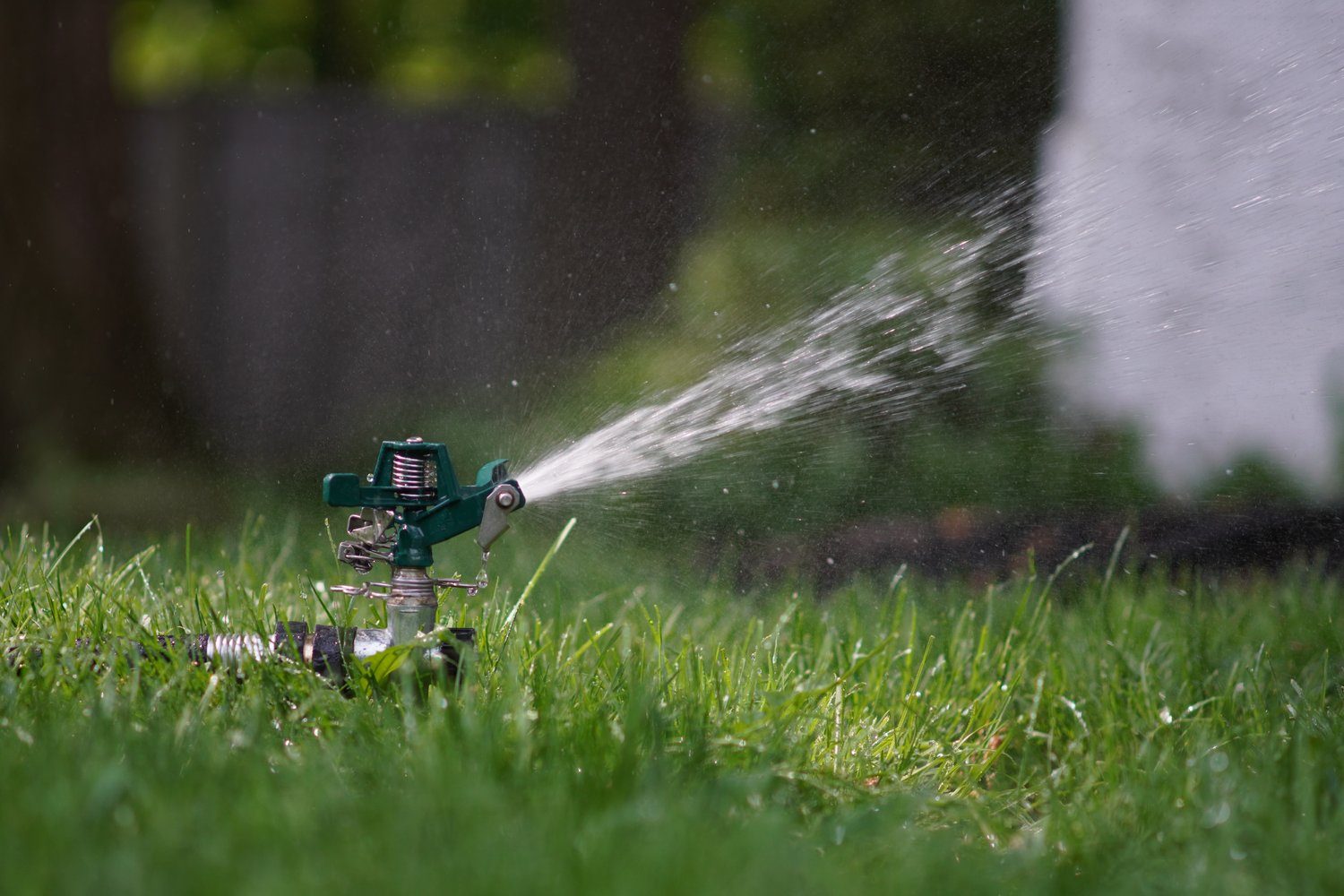


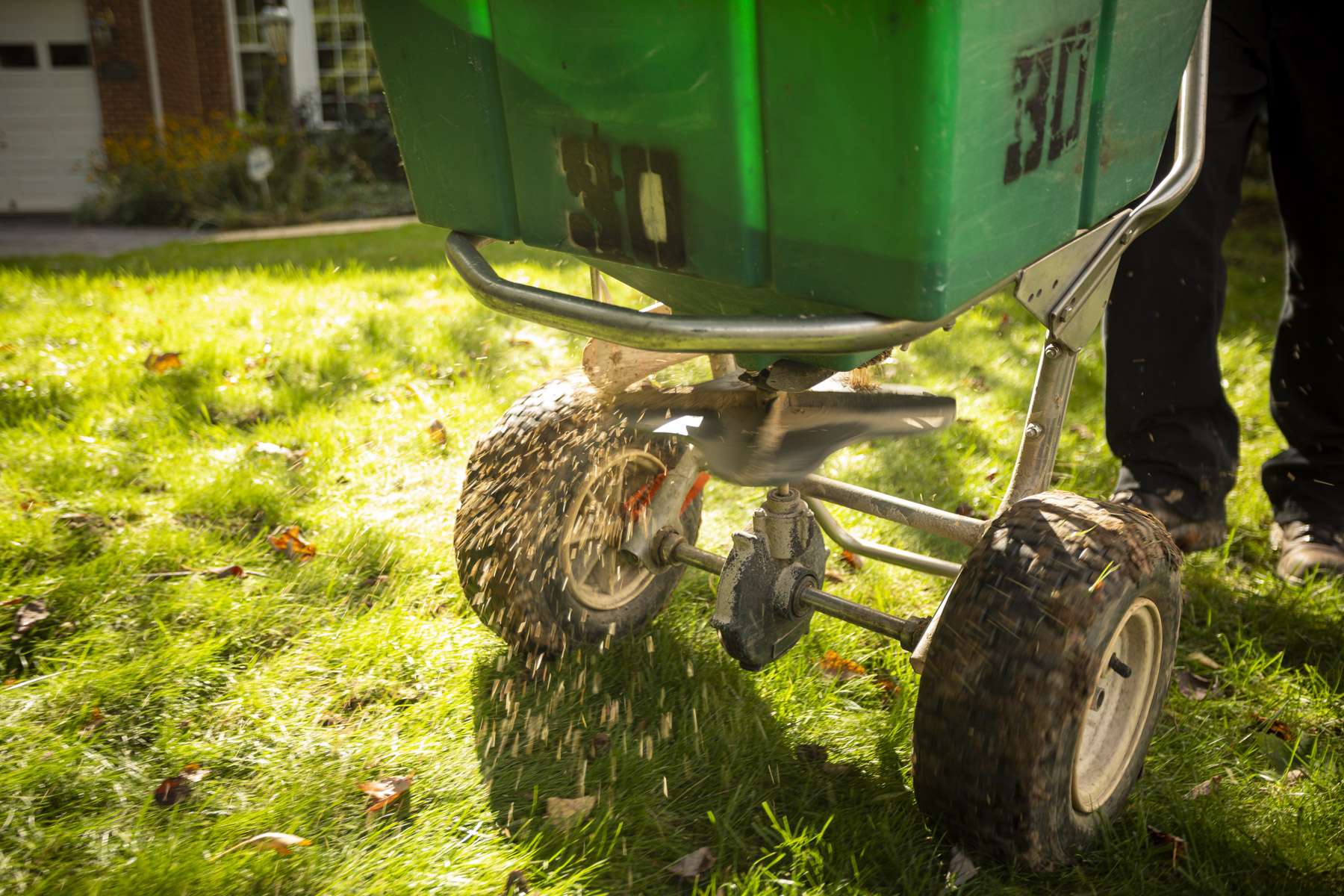
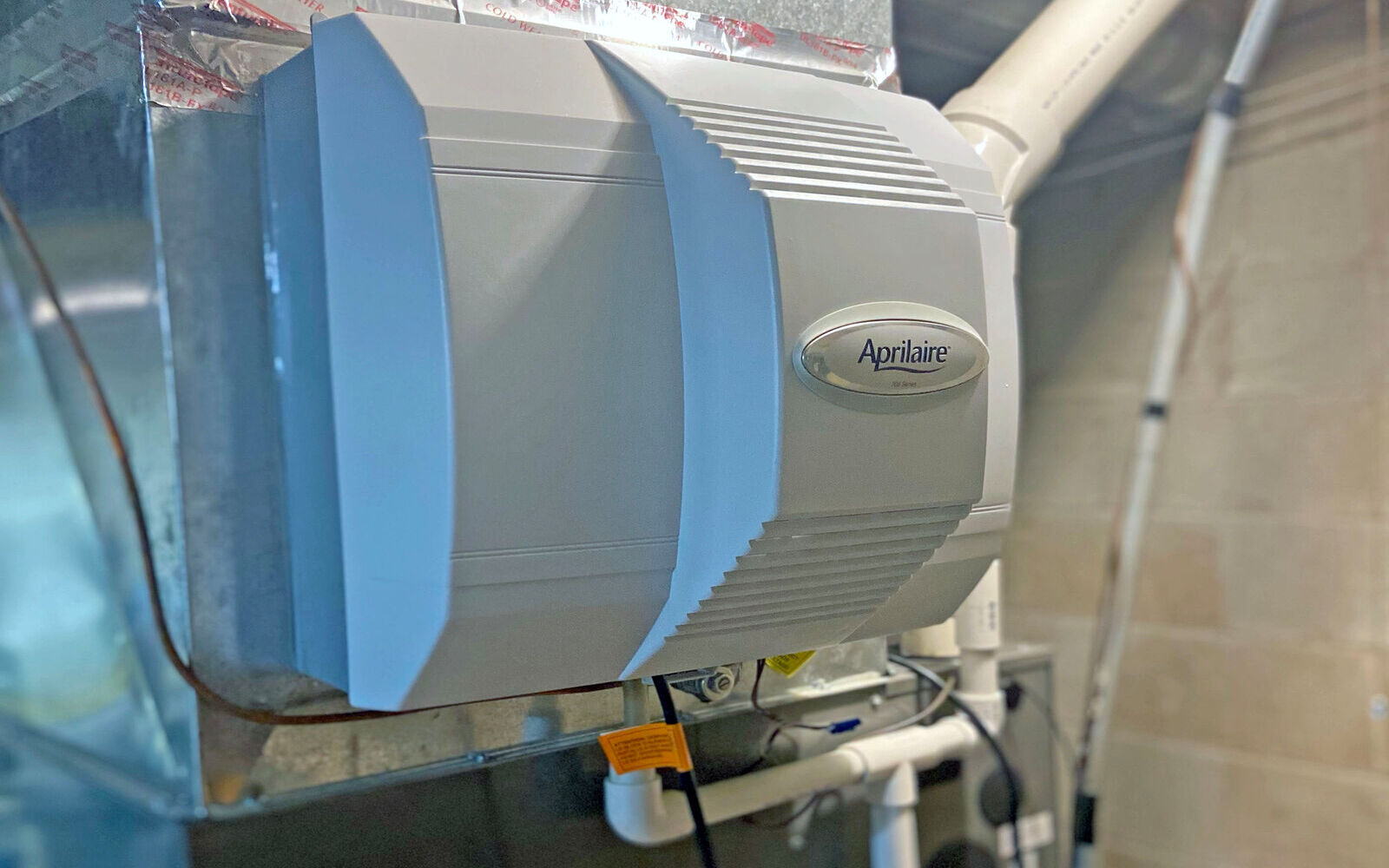


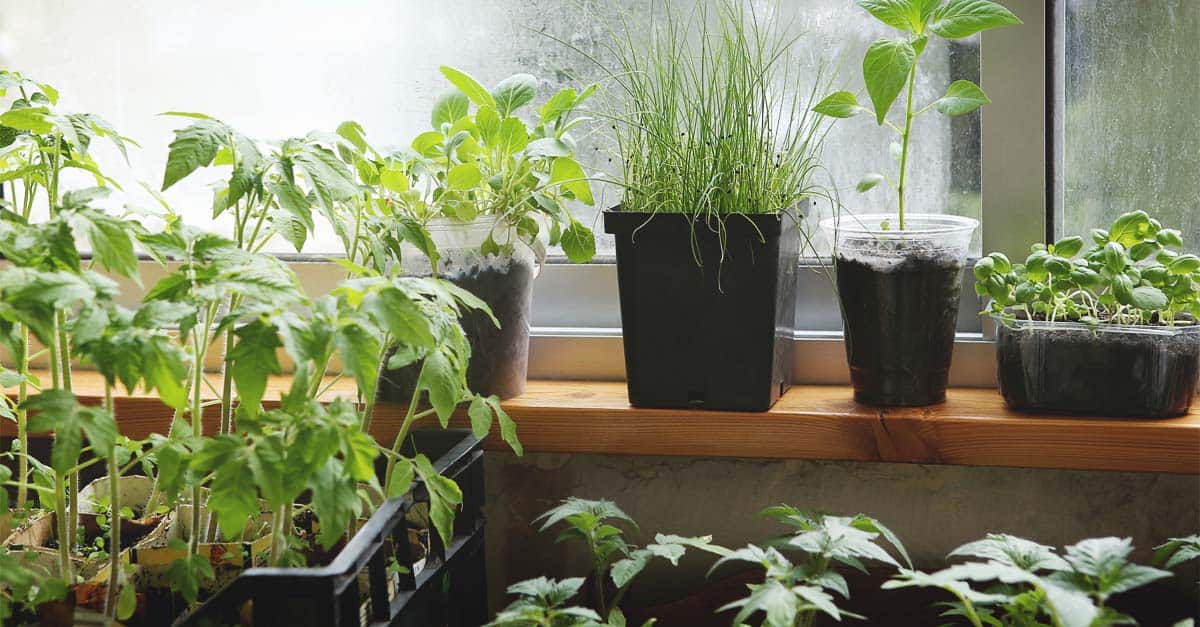
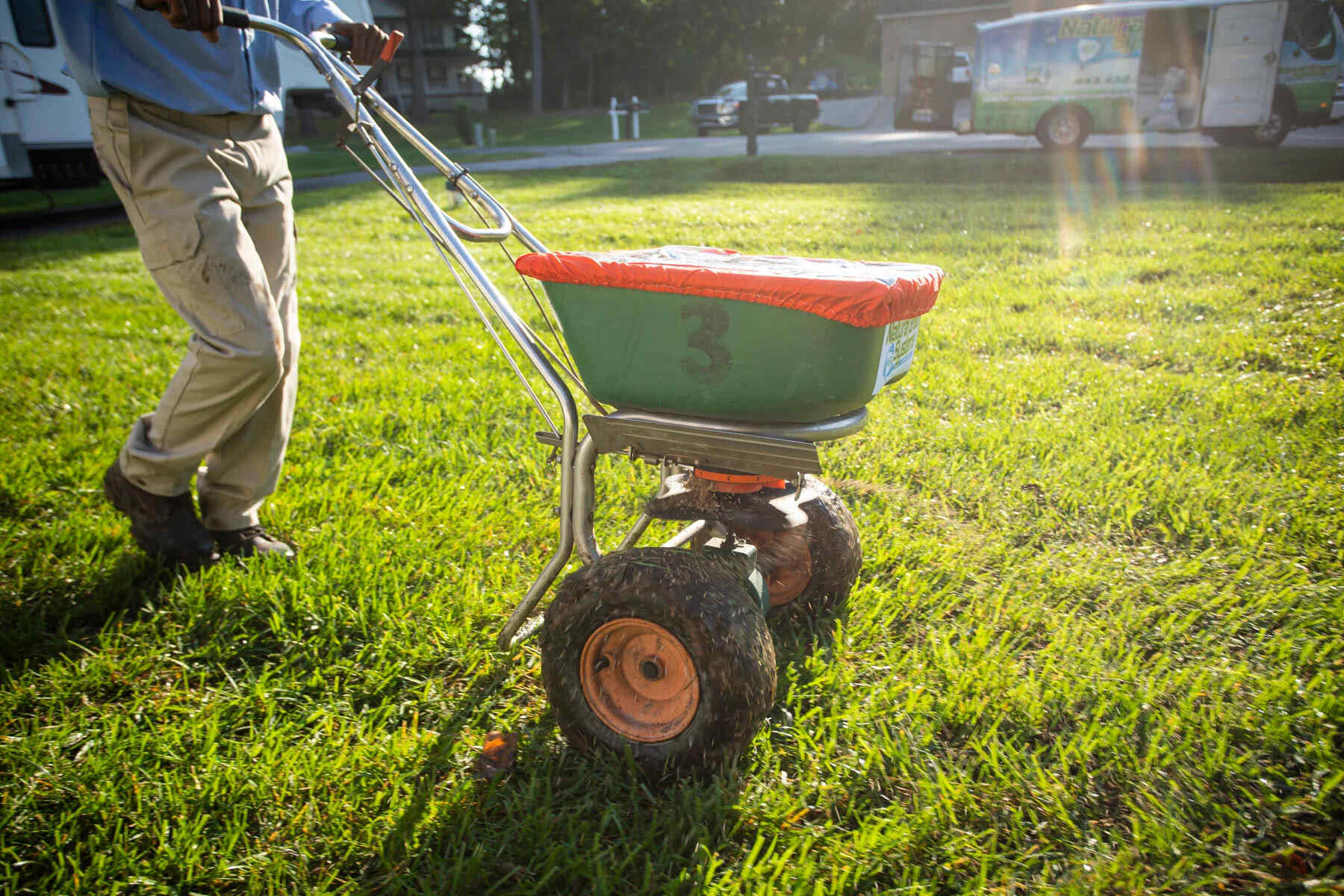

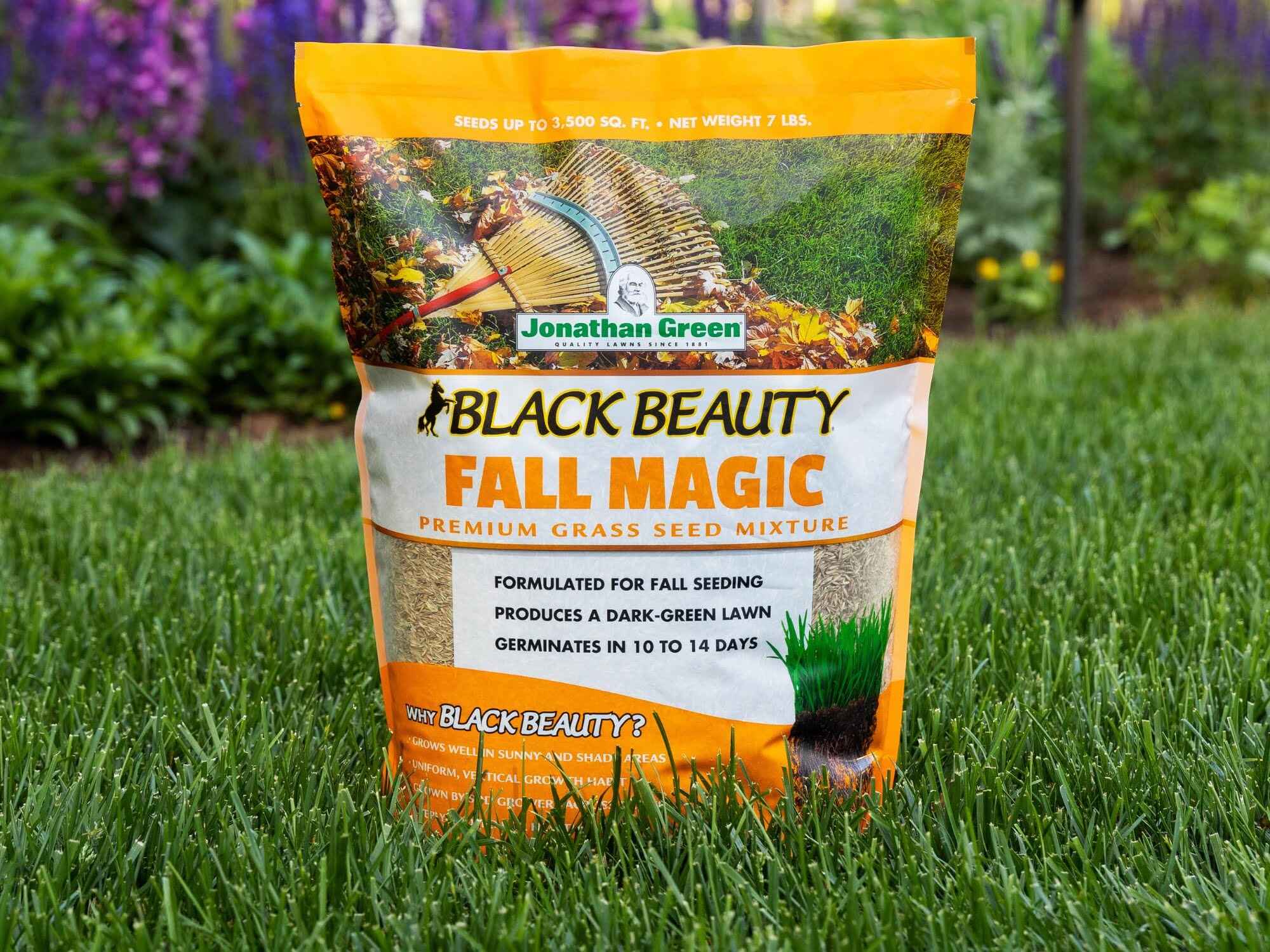
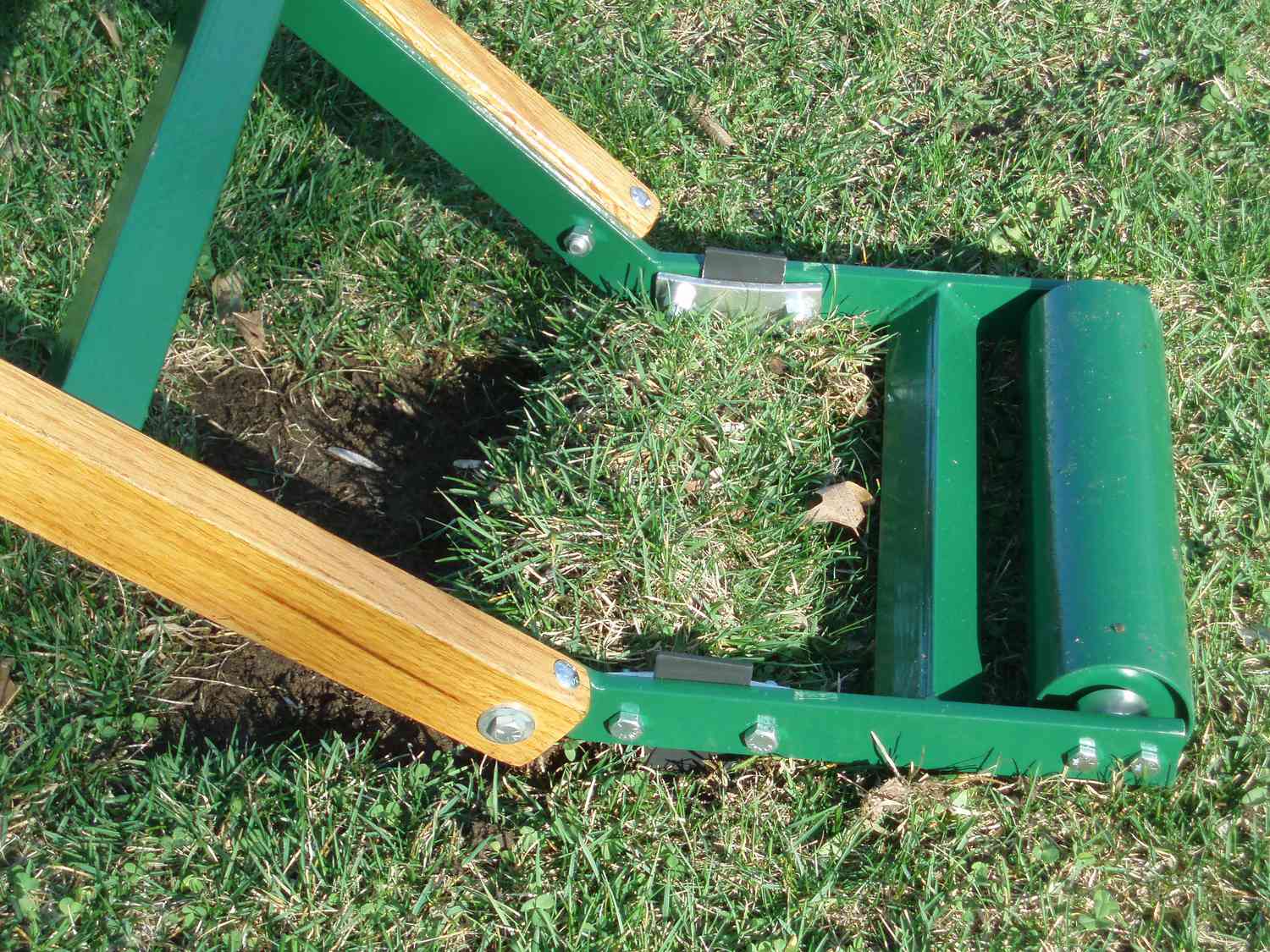


0 thoughts on “How To Have A Healthy Lawn”